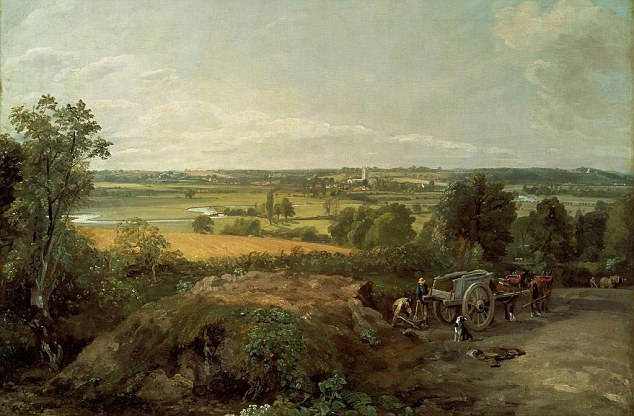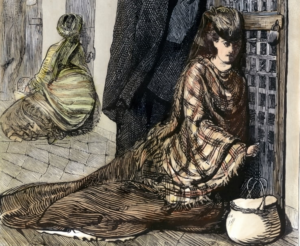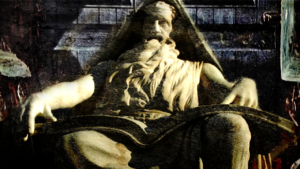Neo Kitsch

Imagine walking into a modern art gallery, past the loud platitude-exchanges of hipsters whose attire matches the geometric paint-smears on the walls, past the trendy-cause tip jar, and suddenly finding oneself confronted by a painting which seems out of place. There hangs a beautifully rendered oil painting of a forest village illuminated by the setting sun. Our painter’s details catch the leaves with warmness and a painterly style which exhibits the artists’ humanity. One’s reaction can only be this: how did this piece even get in the show? Is the painting an act of irony? Where can I find the modern punchline?

Imagine being a fly on the wall next to that painting. The gallery is in full swing and red stickers are going up next to the works depicting paint-smears and geometric nonsense as they sell. The hipsters sneer and make self-signalling remarks denigrating the village painting. They have to perform this ritual, it is expected of them as zealots to their irony-religion, and the Modernist feels their beliefs are threatened by the simple beauty and confidence of the village painting. One need only to consult the criticisms lobbied at Norman Rockwell and Thomas Kinkade to understand the virulent hatred which these cultural parasites feel towards that which is forbidden by their doctrine-of-ugliness.
As a society discards utterly it’s cultural traditions, it inevitably becomes dependent on the conditions of it’s own destruction, through the inversion of values and its attachment to the fabricated destructive role models. The modern artist is largely ignored by the general public – existing in a bubble apart from a communal and historical relevance. Any identity defined by commodification of culture is a surrogate culture, and a surrogate culture is used as a mechanism of allegiance to corporate interests and consumerism. The individual implanted with a surrogate culture will defend it as an identity. The Trap of careerism is when artists aspire to imitate higher status artists who are clearly psychopaths or drug addicts. Being incapable of communal consideration is the highest totem of artistic excellence at this sad stage in our society. This has led to the commodification of art, where every home that formerly contained a little hand-painted village scene now has a plastic assembly-line “live, laugh, love” decal instead. Commodification has been a catalyst in the death of originality and personal taste, and the only uncritical content our cultural zeitgeist will approve is a grey institutional interior via ikea.
The out-of-place village painting we might ourselves ironically call ‘Neo Kitsch’, the reverse satire of object sentimentality. Neo Kitsch, herein suggested as a combative movement, uses the motifs and symbols adapted by modernity with a hyper awareness of modern language, for the purpose of reifying their traditional functions. The village painting is an act of rebellion for merely existing in the public space.
Work originally defined as “kitsch” (an invented early 20th c attack-word) was that containing a standard of sentiment and warmness instinctually felt in belonging. The visual poetry woven from a confident moral objectivity created in it’s intended audience a gut sensation, tied to landscape and hearth. This inexplicable attachment posed a threat for the success of Modernism in all it’s jelly-like viscosity, as it seeps, lard-like, into cultures and institutions and hardens inside their arteries. Thus it was attacked, made an object of scorn, and there it has remained. Noe Kitsch, by embracing their irony, yet, persisting with the instinctual warmth, may find a way to subvert their programming.
The expected effect of Kitsch upon a modern audience is apathy and boredom. But this reaction we ourselves can study to investigate where the barriers of attention-span and interest begin and end; our goal of subverting them with Neo Kitsch being to find our way back to the instinctual behavior which is blocked by the smug modern ideals enforced by mainstream culture. If we can determine a way around that programming, we might begin to construct architecture of aesthetics that cater once again to the natural instincts. In that sense even the sophistries of the mainstream blockage must be studied for their intent and effectiveness. All aspects of reaction might then hone the content of Neo Kitsch, providing we can weather the eye rolls and abusive social signalling. It seems a small price to pay for a concept in it’s infancy, as most cultural ideas start as a collection of slights, and the annoyed disdain of corrupt elites.












